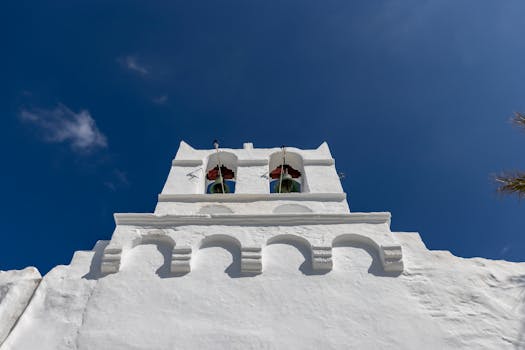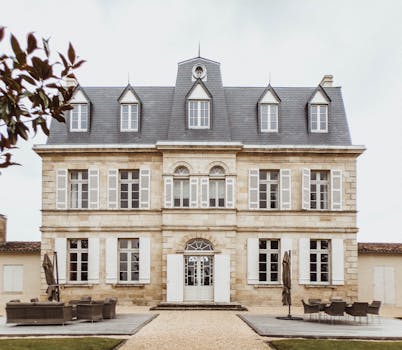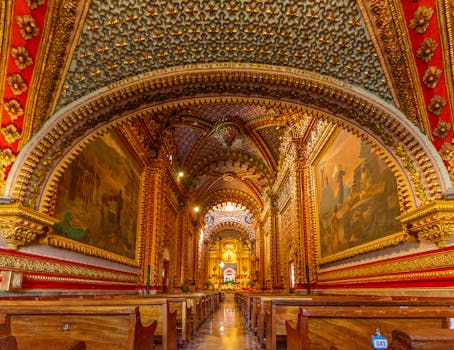Exploring the Past: A Comprehensive History of Misión San Fernando Rey de España de Velicatá (1769-1818)
Exploring the Past: A Comprehensive History of Misión San Fernando Rey de España de Velicatá (1769-1818)
As we delve into the annals of history, we find ourselves engrossed in the rich tapestry of cultures, traditions, and significant events. One such historical gem that stands as a testament to a bygone era is the Misión San Fernando Rey de España de Velicatá. Nestled in the heart of Baja California, Mexico, this mission narrates an enthralling tale of faith, resilience, and the indomitable human spirit. So, buckle up, history enthusiasts, as we embark on this captivating journey back in time!
The Origins of the Mission
The story of Misión San Fernando Rey de España de Velicatá begins in the year 1769, a time when Spanish missions were sprouting up across the Californian landscape. Named in honor of King Ferdinand III of Spain and Saint Ferdinand, the mission was the brainchild of two intrepid Franciscan friars, Junípero Serra and Francisco Palóu. Their goal? To spread Christianity among the Cochimí Indians, the indigenous people of Baja California.
The mission was built in the traditional Spanish colonial style, with adobe walls and a red-tiled roof, a sight to behold amidst the arid desert landscape. The friars, with their unwavering dedication, transformed this barren land into a thriving community. They introduced farming, cattle raising, and even established a school, teaching the Cochimí Indians Spanish language and European customs.
Life at the Mission
However, life at the mission wasn't always a bed of roses. The friars faced numerous challenges, from hostile indigenous tribes to the harsh desert climate. Yet, they persevered, their faith acting as their guiding light. The mission soon became a beacon of hope and a symbol of resilience for the Cochimí Indians and the Spanish settlers alike.
The mission's influence extended beyond the spiritual realm. It played a pivotal role in the region's socio-economic development. It served as a trading post, a place where cultures intermingled, and ideas were exchanged. The mission was also a crucial link in the Camino Real, the royal road that connected the Spanish missions in California.
Decline and Abandonment
By the turn of the 19th century, the mission faced a steady decline. The dwindling Cochimí population, coupled with the secularization policies of the Mexican government, led to its eventual abandonment in 1818. The once bustling mission fell into silence, its walls bearing witness to a glorious past.
The Mission Today
Today, the Misión San Fernando Rey de España de Velicatá stands as a hauntingly beautiful ruin, a poignant reminder of a bygone era. Its crumbling walls and weather-beaten facade tell a tale of faith, perseverance, and the relentless march of time. While the mission's physical structure may have withered away, its spirit remains undimmed.
Visiting the mission today is like stepping into a time capsule. You can almost hear the faint echoes of the friars' prayers, the hustle and bustle of the marketplace, and the laughter of the Cochimí children. It's a place where the past and the present collide, offering a unique glimpse into the rich tapestry of Baja California's history.
Conclusion
In conclusion, the Misión San Fernando Rey de España de Velicatá is more than just a historical monument. It's a symbol of the enduring human spirit, a testament to the power of faith, and a beacon of hope that continues to shine, even in the face of adversity. So, the next time you find yourself in Baja California, take a detour and visit this historical gem. Trust me, it's a journey back in time you wouldn't want to miss!





